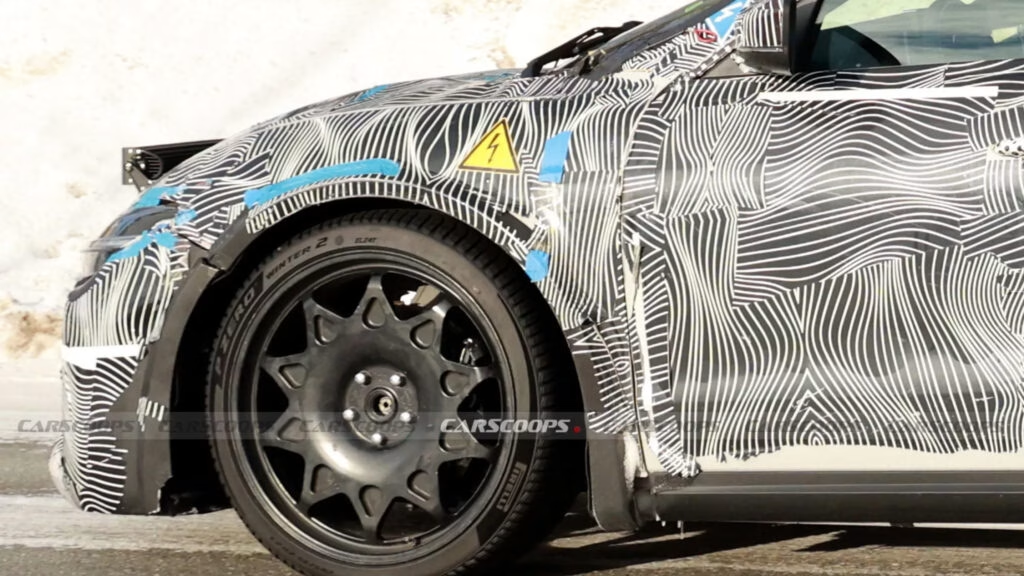What Can We Really Expect from Ferrari’s First Electric Car?
Ferrari’s first electric vehicle is coming, but the details are still shrouded in mystery—and a whole lot of camouflage. The official debut of the car itself won’t happen until 2026, but the world will get its first look at the powertrain this October. For a company that’s built its reputation on the visceral thrill of V12s and the unmistakable wail of a flat-plane crank, this is a seismic shift. So what does Ferrari’s EV future actually look like, and why is everyone so obsessed with the breadvan silhouette?
Why Is Ferrari Taking Its Time with an EV?
Let’s be honest: Ferrari isn’t known for rushing things. When the brand first hinted at an electric model, skeptics wondered if Maranello would ever really go through with it. But Ferrari’s approach has always been about getting the details right, not just being first to market. Their CEO has repeatedly emphasized that any Ferrari EV must deliver the same emotional punch as their combustion models—a tall order, given the brand’s legacy.
That’s why, even as rivals like Porsche and Lotus have already launched high-performance EVs, Ferrari has been content to let the world wait. According to the company’s own roadmap, the first customer cars won’t arrive until at least 2026. But insiders say the powertrain reveal this October will be a pivotal moment, offering a glimpse into how Ferrari plans to electrify its DNA.
What’s Up with the Breadvan-Style Test Mule?
Spy shots have been circulating for months, but the latest batch has set the rumor mill on fire. The prototype caught testing looks nothing like the swoopy, curvaceous Ferraris we’re used to. Instead, it sports a flat roof that runs all the way to the rear bumper and a squared-off rear window—eerily reminiscent of the legendary Ferrari 250 GT SWB “Breadvan” that raced at Le Mans in the 1960s.
Of course, Ferrari is notorious for disguising its test mules. Underneath all that cladding, there’s likely a more conventional shape hiding. One photo even reveals an angled rear window lurking beneath the camouflage, suggesting the breadvan look is just a clever ruse. Still, the fact that Ferrari’s engineers chose this particular disguise is telling. It’s a wink to the brand’s racing past, but also a reminder that the final product could surprise us all.
How Will the New EV Compare to the Purosangue?
Ferrari’s first EV is expected to slot below the Purosangue SUV in terms of size, making it more of a crossover than a full-blown utility vehicle. That’s a strategic move. The Purosangue, with its V12 and all-wheel-drive, already stretches the definition of what a Ferrari can be. By going smaller and more agile, the EV could appeal to a new generation of buyers—especially in markets where compact crossovers are king.
Industry analysts point out that the global electric SUV and crossover segment is booming, with BloombergNEF reporting a 35% year-over-year growth in 2023 alone. Ferrari’s entry, then, isn’t just about electrification—it’s about staying relevant in a rapidly changing market.
What Do We Know About the Powertrain?
Official specs are still under wraps, but Ferrari has hinted that its EV will set new benchmarks for performance and driving engagement. The company has invested heavily in battery technology and electric motors, reportedly working with leading suppliers in Europe to develop a system that delivers both range and excitement.
Don’t expect Ferrari to chase Tesla’s Ludicrous Mode or the raw numbers of a Rimac. Instead, the focus will be on how the car feels—sharp steering, instant throttle response, and that intangible sense of connection that defines every Ferrari. Some insiders suggest the new EV could feature advanced torque vectoring and a bespoke sound system to mimic the emotional cues of a traditional engine.
Will Ferrari’s EV Still Feel Like a Ferrari?
This is the million-dollar question. For decades, Ferrari has sold not just cars, but an experience—a blend of speed, sound, and style that’s hard to replicate. Going electric risks losing some of that magic, but it also opens up new possibilities. Imagine a Ferrari that launches off the line with instant torque, hugs corners with a low center of gravity, and still turns heads wherever it goes.
To pull this off, Ferrari is reportedly working closely with its test drivers and engineers to fine-tune every aspect of the driving experience. The goal? Make sure the first time you drive their EV, you know you’re behind the wheel of something special.
What’s Next for Ferrari’s Electric Ambitions?
October’s powertrain reveal is just the beginning. Over the next year, expect more teasers, more spy shots, and—if Ferrari’s history is any guide—a carefully orchestrated rollout that builds anticipation to a fever pitch. The company is also rumored to be working on other electric projects behind closed doors, including a possible high-performance sedan.
The big takeaway? Ferrari’s move into EVs isn’t about perfection—it’s about smarter adjustments. Start with one change this week, and you’ll likely spot the difference by month’s end. For Ferrari, that means blending tradition with innovation—proving that even in a world of silent motors and zero emissions, the prancing horse can still make your heart race.

